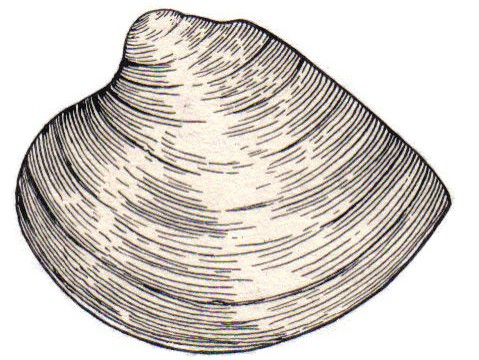Rendered with a light touch, the fictional story of Phoebe Hicks is just as much about the place in which the action unfolds (nineteenth-century New England) as it is about its heroine, the inspired star of spiritualist séances. In the ingeniously composed miniatures that make up the book’s chapters (we present just a few of them below), Agnieszka Taborska consistently steers a middle course between rationality and the creation of a deception, between humour and erudition. Don’t miss the duel between Harry Houdini and our protagonist!
Clam Fritters
The theory that a piece of stale clam, which had found its way into a culinary delicacy known across New England, gave birth to Spiritualist photography is no exaggeration. Precisely this toxic morsel was the root of the madness possessing the hearts and minds of New England puritans for decades to come.
On 1st November 1847 Phoebe Hicks returned home earlier than usual. Barely over the threshold, she rushed into her bedroom and instead of climbing onto the high and, by today’s standards, rather short bed ran straight to the washstand. She leaned over and threw up—once, twice, unable to control herself even after the third time. She vomited all night, occasionally rinsing her perspiring face in water from the blue sprigged ewer. After only an hour, she had nothing left inside but brown bile, which she continued to bring up. Strands of black hair escaped from her tightly-wound bun—stiff, sticky, stinking—and clung to her cheeks like seaweed. She shivered all over—hands numb, head splitting from the violent convulsions. Her back ached, jammed like her knees in an awkward position.

